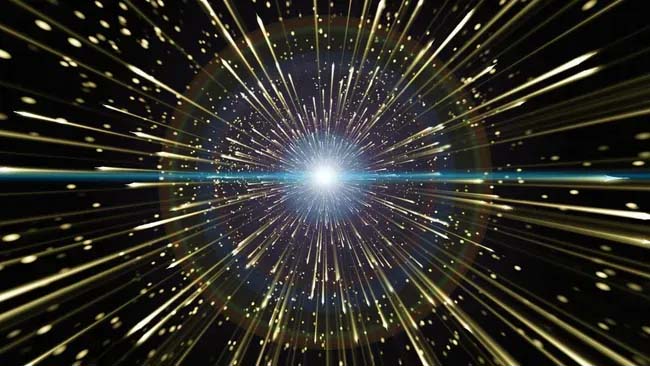Science: Primordial black holes (PBHs), which are thought to have formed just after the Big Bang, are heating up and exploding across the universe. These black hole explosions, powered by Hawking radiation — a quantum process in which black holes generate particles from the vacuum due to their intense gravitational fields — could be detected by upcoming telescopes, physicists suggest in a new study. And, once detected, these unique explosions could reveal whether there are previously undiscovered particles in our universe. There’s already plenty of evidence for the existence of black holes ranging from a few times the sun’s mass to billions of times the sun’s mass. These black holes have been directly detected through the gravitational waves emitted during mergers that help them grow. Some black holes, such as the Milky Way’s Sagittarius A*, have even been directly imaged by the Event Horizon Telescope as “shadows.” First proposed by Yakov Zeldovich and Igor Novikov in 1967, PBHs are thought to have formed in the first fractions of a second after the Big Bang and are possibly as small as subatomic particles, according to NASA. Unlike their larger counterparts, which form from the collapse of massive stars and galaxies, PBHs may have emerged from the collapse of superdense regions in the extremely hot “primordial soup” of particles in the early universe.
If they exist, these compact objects could provide a natural explanation for dark matter, the invisible entity that makes up about 85% of the matter in the universe. However, PBHs remain elusive. Their theoretical existence is supported by a combination of cosmological models, but they have not yet been directly observed. One of the most interesting aspects of PBHs is their connection to Hawking radiation. According to quantum theory, black holes are not completely “black”; they can emit radiation and slowly lose mass through a process first theorized by Stephen Hawking. This emission, known as Hawking radiation, occurs when virtual particle pairs travel in the vacuum of space near the edge of a black hole – its “event horizon”. While these pairs would normally annihilate each other, if one falls into the black hole, the other particle can escape as radiation. Over time, this leads to the gradual evaporation of the black hole.
‘Hawking radiation’ has the potential to destroy black holes: New physics discovered
